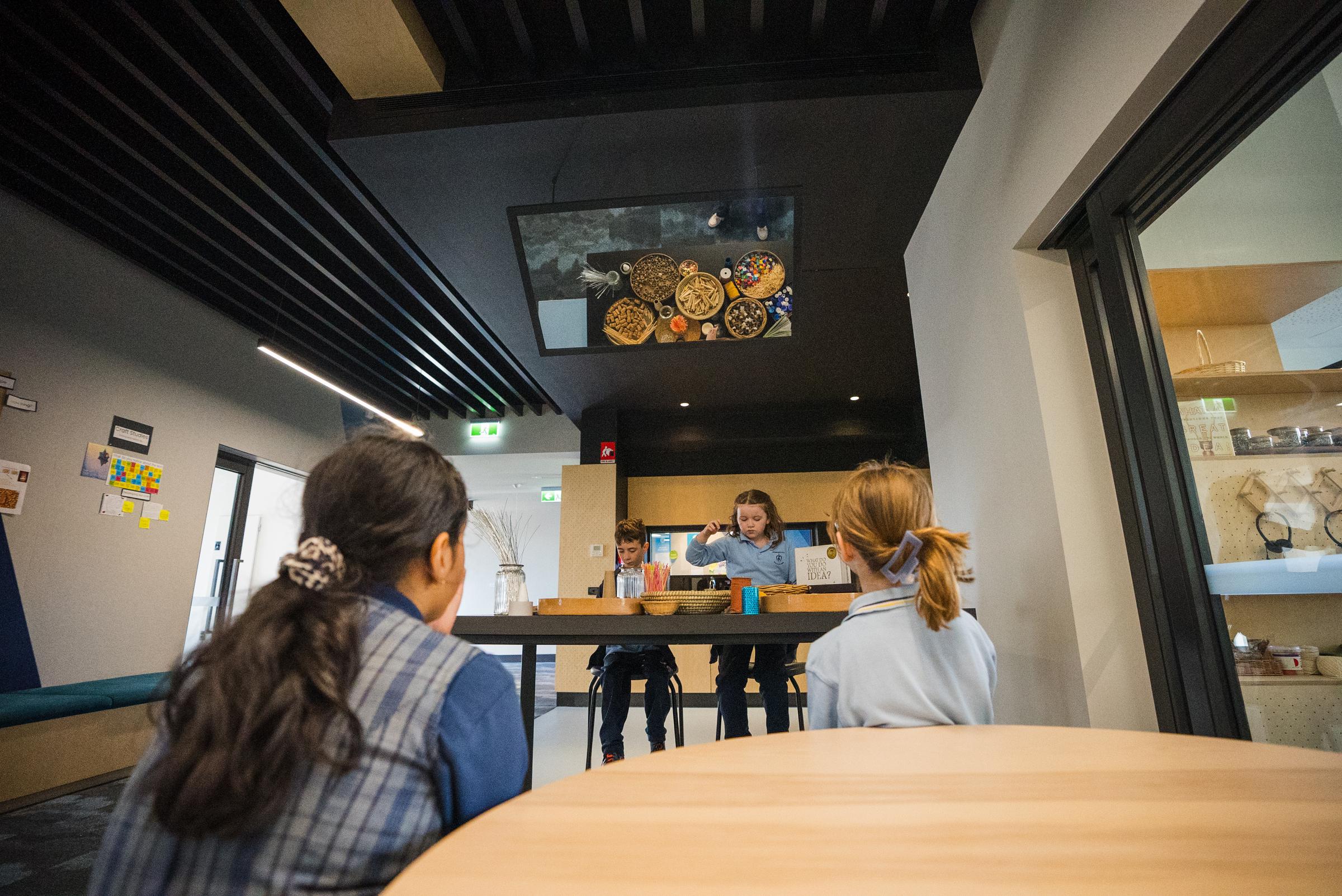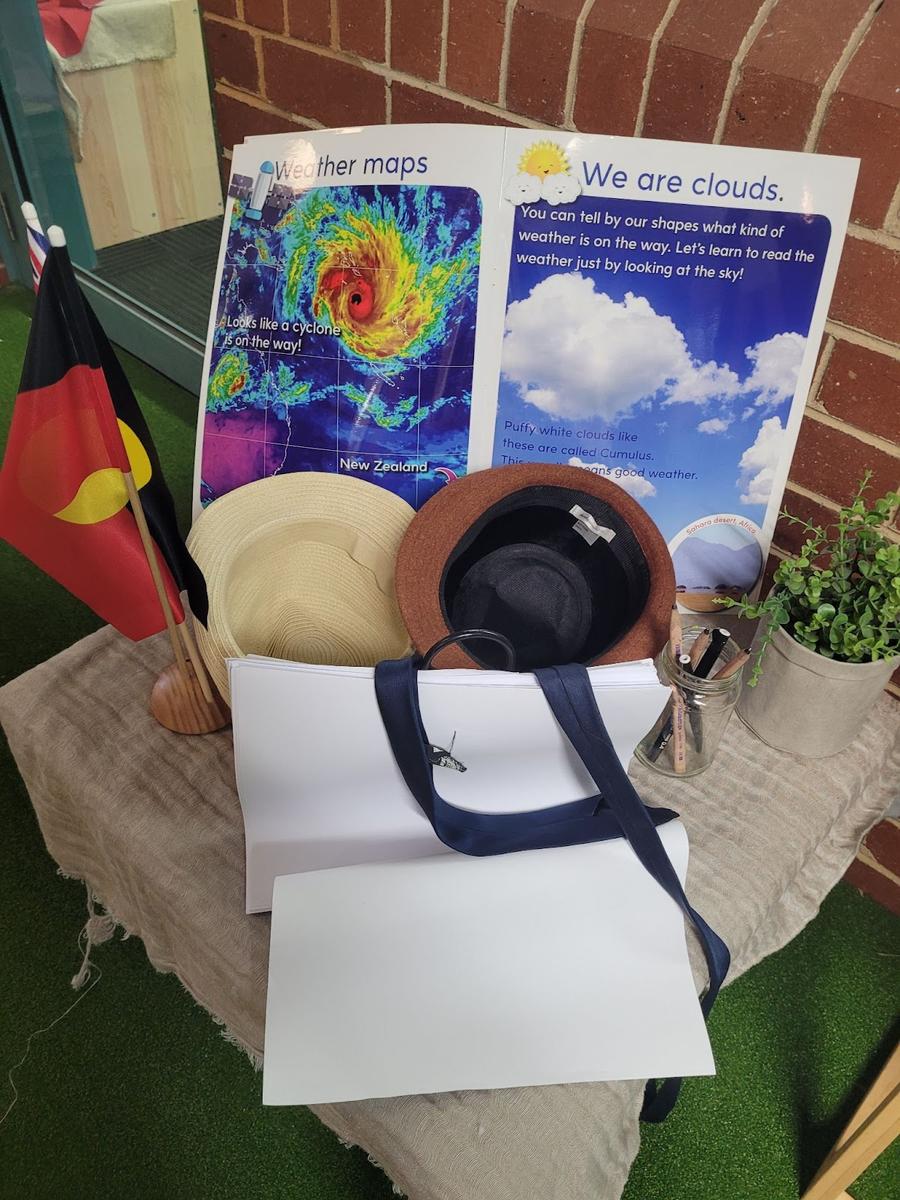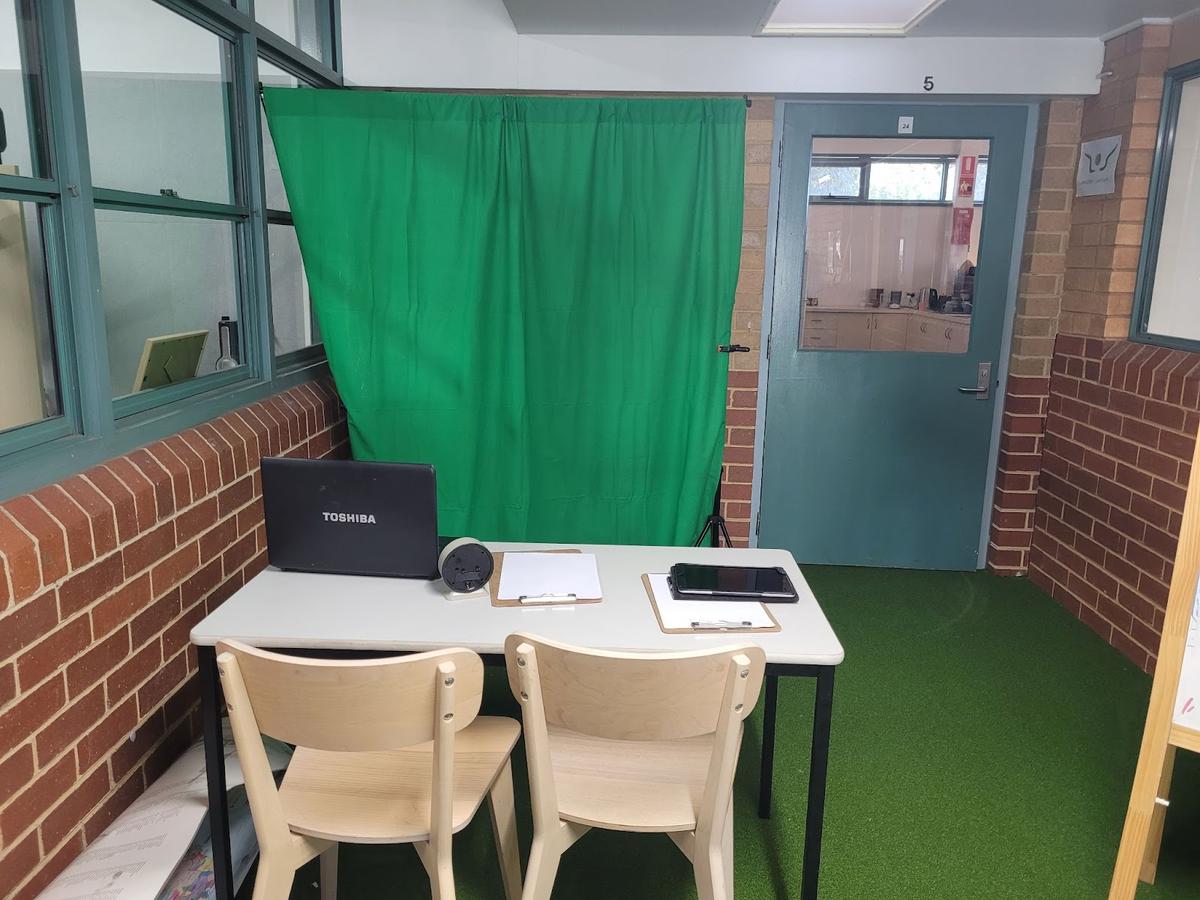Learning & Teaching

Maths
Prep - Year 2 are learning about Patterns
In maths the children in Prep - 2 are currently focusing on understanding and working with patterns. This is a crucial skill that lays the foundation for more complex mathematical concepts. Here’s a brief overview of what they are learning and how you can support their development at home:
Recognising, Copying, Continuing, and Creating Patterns
What the children are learning:
Recognition and Repetition: Children are learning to identify repeating patterns using numbers, symbols, shapes, and objects. They will be practising how to copy these patterns, continue them, and create their own.
Different Representations: They are exploring how patterns can be represented in various ways, such as visually with shapes and objects or symbolically with numbers and letters.
How You Can Help at Home:
- Engage your child in simple pattern-making activities using everyday items like beads, buttons, or coloured blocks. Ask them to create their own patterns and describe the repeating unit.
- Play games that involve pattern recognition, such as matching patterns or completing pattern sequences in puzzles.
Working with Number Patterns and Skip Counting
What the children are learning:
Number Patterns: Your child is recognising, continuing, and creating patterns with numbers, symbols, shapes, and objects. This includes patterns formed by skip counting by twos, fives, and tens.
How You Can Help at Home:
- Practice skip counting at home by using coins or drawing number sequences on paper. For example, count in twos or fives using Australian coins to create visual patterns.
- Point out patterns in everyday life, such as patterns in prices, dates, or even the arrangement of items in the house.
Creating and Identifying Additive Patterns
What the children are learning:
Additive Patterns: Your child is learning to recognise, describe, and create additive patterns where numbers, shapes, or objects increase or decrease by a constant amount. This involves identifying and completing missing elements in the pattern.
How You Can Help at Home:
- Use simple activities to create additive patterns at home. For example, use coins to show a pattern where each group increases by the same amount (e.g., 5 cents, 10 cents, 15 cents).
- Present your child with pattern puzzles where they need to find the missing element in a sequence or describe how a pattern progresses.
The 3-6 children are learning about Location
In maths the children in Years 3 to 6 are engaging in activities that enhance their spatial reasoning skills and deepen their understanding of geometric concepts. Here’s what they’ve been working on:
Two-Dimensional Representations: Children are learning to interpret and create drawings of familiar environments, identifying key landmarks and objects and understanding how they are positioned relative to one another.
Approximation of Composite Shapes: By combining simple shapes, children are practising how to represent complex objects and structures found in the environment.
Grid Coordinates and Movement: Children are building a strong understanding of grid systems and how to use coordinates to locate positions within a space. They are also using directional language to describe movements within that space.
Cartesian Plane Exploration: Children are introduced to the Cartesian plane. They will locate points in all four quadrants and understand how changes in position affect the coordinates of a point.
Literacy News
Our hubs have been busy learning about descriptive writing. We have had children engage in role play by being news reporters in discovery and some of our 3-6 becoming experts in animals through researching.
Next up in writing will be a crowd favourite unit on writing to instruct. This is all about giving instructions!
Fun activities at home that can promote writing to instruct:
- Can you give directions to get to a certain place in your house? An example would be: Go forward 5 steps, turn left once, walk 2 steps and now you have arrived at the lounge room.
- Sit back to back with someone. Think about giving instructions to draw a picture. Did they draw the same picture? Were you clear in your instructions?
Challenge: Can you follow my instructions to create a mystery picture?
- Draw an large circle shape in the middle of your page
- Draw a circle and 2 lines above the large circle
- On the inside of the large circle. Draw a curvy triangle on the left and right side of the circle
- Now draw 11 skinny and long ovals around the large circle
- Add 2 eyes, a mouth and nose in the smaller circle.
What did you draw?
Library News:
Last week notes went out about overdue books, please have a look at home for any St Gabriel books. If you find them please send them back to school when you can!



